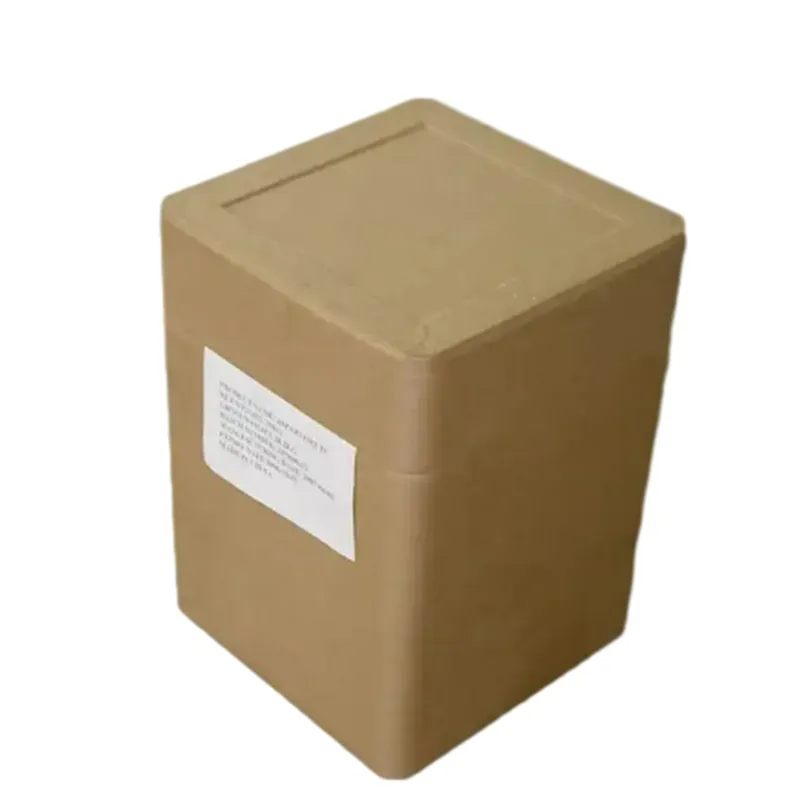
e904 food additive
E904 Food Additive What You Need to Know
E904, also known as shellac, is a food additive that has garnered attention in discussions about food safety and consumer awareness. Derived from the secretion of the lac beetle, shellac is a natural resin that has been used for centuries in various applications, ranging from wood finishes to pharmaceuticals. In the food industry, it primarily serves as a glazing agent, providing a glossy appearance to various products.
Origins and Production
Shellac is obtained from the lac, a resinous secretion produced by the female lac bug, primarily found in Southeast Asia. The process involves collecting the hardened shellac flakes from branches and twigs where the bugs feed. These flakes are then processed and purified to remove impurities, resulting in a product that is safe for consumption. This natural origin sets shellac apart from many synthetic food additives, appealing to consumers seeking natural ingredients.
Uses in the Food Industry
In the food sector, E904 is commonly used as a glazing agent. It helps enhance the visual appeal of products such as candies, chocolates, fruits, and even pharmaceuticals. For instance, it provides a shiny finish to candy coatings, making them more attractive to consumers. Additionally, shellac acts as a moisture barrier, helping to preserve the freshness and texture of various products.
E904 is also employed in specific applications like shine-enhancing coatings for fruits and vegetables, ensuring that they remain visually appealing during storage and display. However, it is essential to note that while E904 can improve the aesthetic aspects of food, its use is regulated to ensure safety and consumer transparency.
Regulatory Status and Safety
e904 food additive

The safety of E904 has been the subject of scrutiny. Regulatory bodies, including the European Food Safety Authority (EFSA) and the U.S. Food and Drug Administration (FDA), have deemed shellac safe for consumption within specified limits. These organizations evaluate the potential health impacts of food additives based on scientific research and data.
While shellac is generally recognized as safe (GRAS) for most consumers, some individuals, particularly those with specific allergies or dietary restrictions, may choose to avoid products containing E904. Additionally, concerns over the method of production and animal welfare could influence consumer choices.
Consumer Awareness and Transparency
In today's marketplace, consumer awareness regarding food additives has significantly increased. People are more inclined to scrutinize ingredient labels, seeking out natural and non-GMO options. As a result, companies are being more transparent about their use of food additives like E904. Many brands now emphasize “no synthetic additives” or “natural ingredients” on their packaging, responding to consumer demand for better choices.
Moreover, with the rise of plant-based diets and the ongoing quest for healthy eating, food manufacturers are exploring alternative glazing agents that do not involve animal-derived products. This shift may influence the future role of E904 in the food industry.
Conclusion
E904, or shellac, is a fascinating food additive with a rich history in both food production and other industries. While it enhances the visual appeal and preservation of various food items, it is vital for consumers to be informed about its origins, uses, and safety. As the food landscape continues to evolve with changing consumer preferences, the future of E904 will depend on transparency, innovation, and a balanced approach to food safety and quality. Understanding food additives like E904 empowers consumers to make informed choices, fostering a more conscientious food culture.
-
Buy High-Quality Trichloroisocyanuric Acid for Sale | TCCA 90% SupplierNewsAug.30,2025
-
Pure Sodium Dichloroisocyanurate Dihydrate | Powerful DisinfectantNewsAug.29,2025
-
Industrial Chemicals: Quality & Purity for Every IndustryNewsAug.28,2025
-
Nitrile Rubber Honoring Strict Production StandardsNewsAug.22,2025
-
Aspartame Ingredients Honoring Food Safety ValuesNewsAug.22,2025
-
Fertilizer for Balanced Plant NutritionNewsAug.22,2025
-
Cyanide Gold Processing with High Purity AdditivesNewsAug.22,2025
Hebei Tenger Chemical Technology Co., Ltd. focuses on the chemical industry and is committed to the export service of chemical raw materials.
-

view more DiethanolisopropanolamineIn the ever-growing field of chemical solutions, diethanolisopropanolamine (DEIPA) stands out as a versatile and important compound. Due to its unique chemical structure and properties, DEIPA is of interest to various industries including construction, personal care, and agriculture. -

view more TriisopropanolamineTriisopropanolamine (TIPA) alkanol amine substance, is a kind of alcohol amine compound with amino and alcohol hydroxyl, and because of its molecules contains both amino and hydroxyl. -

view more Tetramethyl Thiuram DisulfideTetramethyl thiuram disulfide, also known as TMTD, is a white to light-yellow powder with a distinct sulfur-like odor. It is soluble in organic solvents such as benzene, acetone, and ethyl acetate, making it highly versatile for use in different formulations. TMTD is known for its excellent vulcanization acceleration properties, which makes it a key ingredient in the production of rubber products. Additionally, it acts as an effective fungicide and bactericide, making it valuable in agricultural applications. Its high purity and stability ensure consistent performance, making it a preferred choice for manufacturers across various industries.





